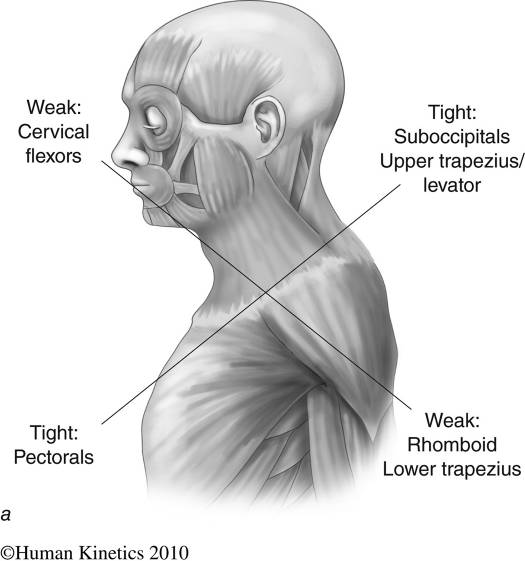Posture and Headaches
27 Sep 2015 10:38 AMAlive HealthPoor posture can contribute to headaches and other health issues. Chiropractors can assess, diagnose and treat posture related disorders
Poor Posture & Headaches
Headaches can interfere with a person’s quality of life. Around 15% of Australians suffer with headache at any given time. Headaches may be associated with another underlying disorder such as infection, disease or injury – these are secondary headaches and are a symptom of the disease. Cervicogenic headaches are also secondary headaches which are the body’s reaction to stress on the structures on neck, these types of headaches also have associated neck pain. These commonly result from poor posture
Of course you can always pop a pill, but these may have side effects or contribute to other health problems if taken long term. There is a clear link between posture and the frequency, severity and duration of headaches. Your head should sit nicely on top of your neck and shoulders. If you have a plumb your ear, shoulder and hips should be in-line with each other. When any of these points begin to move away from each other you are putting additional stress on your body and its ability to function effectively and efficiently.
A common postural deviation seen today is forward head carriage. This is where your head starts to push forward beyond your shoulders. It is thought the increasing time spent working with computers may contribute to this. As the head moves forward the behaviour of the muscles in the neck and shoulders change. For every inch (2.5 cms) the head moves forward the weight beared on the muscles of the neck increases by 10 pounds. So in effect your head gains an extra 4.5kgs!
As a result of the head moving forward the muscles of the neck and upper body become imbalanced. Some muscles become very tight and stressed while others become very weak. This is described by Dr Vladimir Janda as upper crossed syndrome – see figure below.

Janda's Upper Crossed Syndrome. (Permission of Human Kinetics)
TREATMENT
Your chiropractor would conduct an assessment looking at posture, range of motion, muscle strength and length of muscles, also look at muscle activation and take a history of any traumas that may have an effect on the neck. X-rays may be taken to assess any degenerative changes to the bony structures in the neck.
Following assessment the chiropractor may perform gentle mobilisation of the neck and advise on techniques to improve posture. You will also be prescribed some exercises or stretches to improve the condition of the muscles of the neck and upper body. Ice or heat may be recommended depending on individual assessment.
Often people report that good posture is uncomfortable, but as we begin to retrain the muscles and create a better balance within the muscle groups it will feel normal. Improving posture may not only help with headaches but your lungs capacity may increase and digestion may improve as you are less prone to squashing these vital systems. Call Alive Health and make a booking for your posture assessment today.
